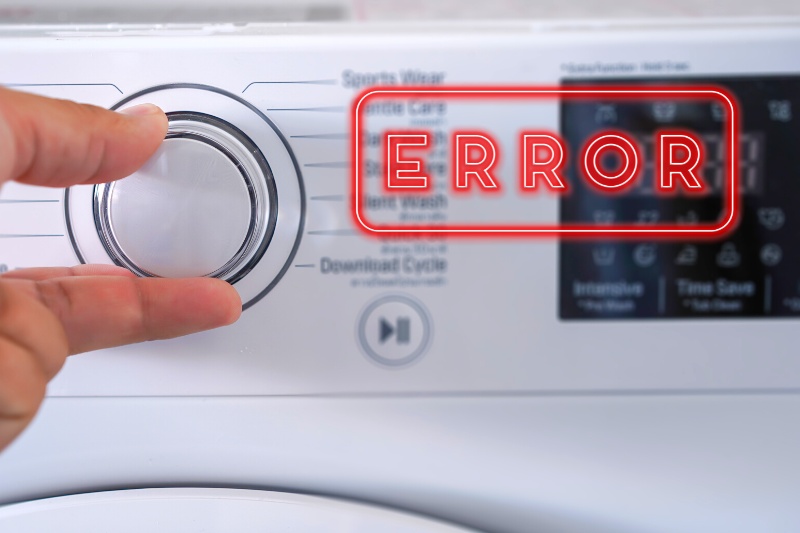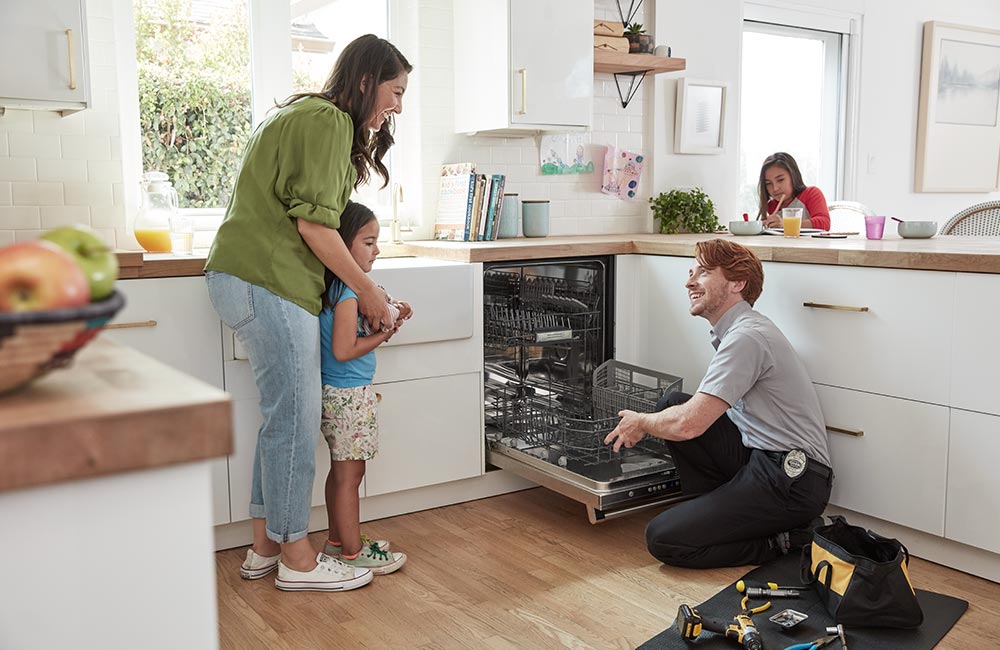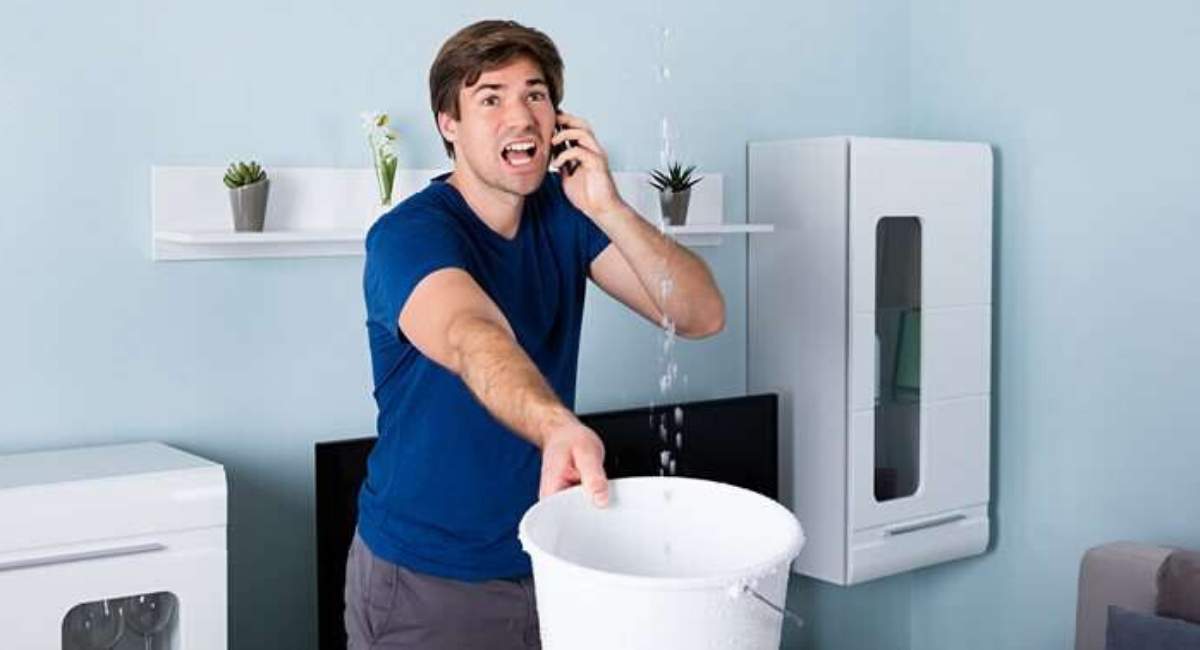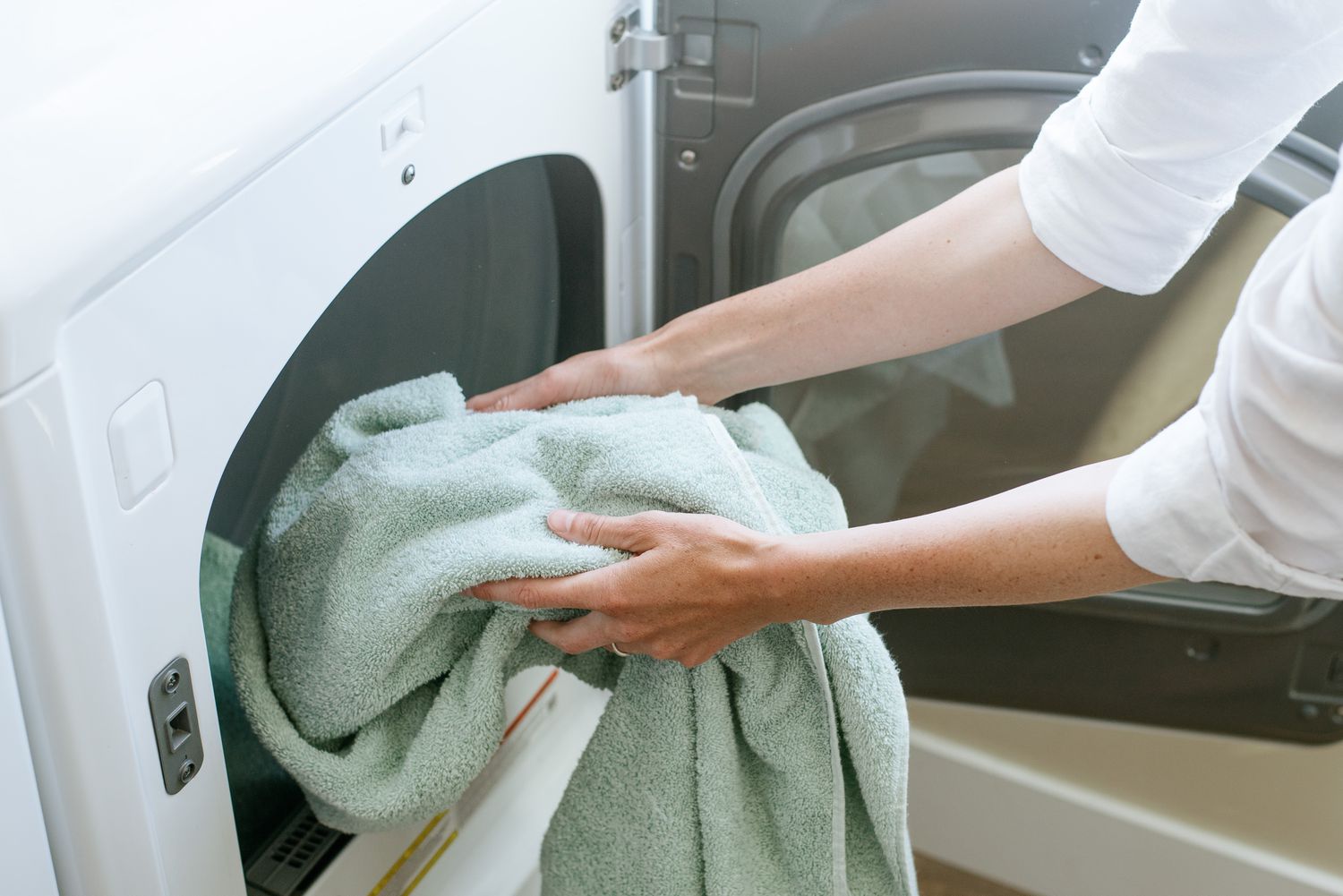Understanding Appliance Error Codes and What They Mean
In today's modern world, our lives are intertwined with various appliances that make daily chores and tasks more convenient and efficient. From washing machines to refrigerators, these appliances have become an integral part of our lives. However, when they suddenly display error codes, it can be a frustrating experience. But fear not, as these error codes are not meant to add to your woes but to provide valuable information about what might be going wrong with your appliance. In this blog, we will delve into the world of appliance error codes, explaining what they mean and how they can help you troubleshoot and maintain your appliances.
What Are Appliance Error Codes?
Before we dive into deciphering the meaning of appliance error codes, let's start by understanding what they are. Appliance error codes are alphanumeric or numerical sequences displayed on the appliance's control panel or screen. They are designed to communicate specific issues or malfunctions that the appliance has detected during its operation. These codes are a valuable tool for both users and service technicians, as they provide a clear indication of what's wrong with the appliance.
Common Types of Appliance Error Codes
Error codes can vary significantly depending on the type of appliance and its manufacturer. While there are numerous unique codes for different appliances, we can categorize them into a few common types:
Numeric Error Codes: Numeric error codes are simple numerical values that represent a specific issue. For instance, an "E3" error code on a dishwasher might indicate a problem with the water heating element.
Alphanumeric Error Codes: Alphanumeric error codes combine letters and numbers to provide more information about the issue. For example, an "F2" error code on a range oven may signify a temperature sensor problem.
Blinking or Flashing Lights: Some appliances use blinking or flashing lights to convey error messages. For example, a washing machine might display a series of blinking lights to indicate a blockage in the drainage system.
Error Messages: More advanced appliances, like smartphones, can display error messages in plain language. For instance, a smart refrigerator may show a message like "Water Filter Replacement Required."
Deciphering Appliance Error Codes
Now that we've discussed the common types of error codes, it's time to decipher their meanings. Understanding these codes can be immensely helpful when troubleshooting appliance problems. Here are some common error codes and what they typically mean:
1. E1 or F1: These codes often indicate a temperature or sensor issue. For instance, in an oven, it might mean that the temperature sensor needs replacement.
2. E2 or F2: Typically, this error code suggests a problem with the appliance's user interface or control board. In a washing machine, it could be a malfunctioning control panel.
3. E3 or F3: These codes often relate to issues with the appliance's heating element or temperature regulation. In a dishwasher, it could signal a heating element failure.
4. E4 or F4: These error codes are usually related to water flow issues. In a washing machine, it might mean that the water inlet valve is malfunctioning.
5. E5 or F5: These codes often pertain to door latch problems, indicating that the appliance's door is not properly closed or sealed.
6. E6 or F6: These error codes are often linked to motor or drive problems. In a dryer, it might suggest issues with the motor or drive belt.
7. E7 or F7: These codes often point to issues with the appliance's cooling or refrigeration system. In a refrigerator, it might indicate a problem with the defrosting system.
8. "Low Water Pressure": Many washing machines have error codes that explicitly state "low water pressure." This means the appliance is not getting enough water to operate effectively.
9. "Drain Pump Blockage": If you encounter this message on a dishwasher or washing machine, it means there's a blockage in the drain pump, causing water not to be pumped out properly.
10. "Overload": This message, often seen on washing machines, indicates that you've overloaded the appliance, which can strain the motor and other components.
Using Error Codes for Troubleshooting
Appliance error codes serve a vital purpose in troubleshooting and fixing issues. Here's how you can make the most of them:
1. Refer to the User Manual: Your appliance's user manual is your best friend when it comes to error codes. It usually contains a section that explains the meaning of error codes specific to your appliance model.
2. Online Resources: If you've misplaced your user manual, or if it doesn't provide detailed information about error codes, you can often find helpful resources online. Manufacturer websites and user forums are excellent places to look for error code explanations.
3. Contact Customer Support: If you're unsure about the error code or need further assistance, don't hesitate to contact the manufacturer's customer support. They can guide you through the troubleshooting process or recommend a service technician if needed.
4. DIY Troubleshooting: Depending on the nature of the error code, you may be able to troubleshoot and resolve the issue on your own. For example, if you receive a "low water pressure" error on your washing machine, you can check the water supply and hoses to ensure they're not clogged or kinked.
5. Professional Help: Some error codes may require professional assistance. For instance, if your refrigerator displays an "E7" code related to the cooling system, it's best to call a technician with expertise in refrigeration systems.
Preventing Appliance Errors
While understanding and addressing error codes are essential, preventing errors in the first place is even more desirable. Here are some tips for maintaining your appliances and reducing the likelihood of encountering error codes:
1. Regular Maintenance: Follow the manufacturer's recommended maintenance schedule for your appliances. This may include cleaning, lubricating, and inspecting various components.
2. Proper Usage: Use your appliances according to the manufacturer's instructions. Avoid overloading, using incorrect settings, or mishandling them.
3. Quality Repairs: If you ever need to repair or replace parts in your appliances, choose high-quality components and consider professional assistance to ensure proper installation.
4. Clean Filters and Vents: Regularly clean filters and vents in appliances like dryers, range hoods, and air conditioners to prevent blockages and maintain optimal performance.
5. Water Softeners: If you live in an area with hard water, consider using a water softener to prevent mineral buildup in your appliances, particularly those involving water.
6. Regular Inspections: Periodically inspect your appliances for signs of wear and tear, such as frayed cords or loose connections. Address these issues promptly.
7. Proper Installation: Ensure that your appliances are correctly installed, as improper installation can lead to various issues, including error codes.
Conclusion
Understanding appliance error codes is an invaluable skill for homeowners, as it can save time, money, and frustration when dealing with appliance malfunctions. By decoding these error messages, you can identify the specific issues plaguing your appliances and take appropriate actions to resolve them. Whether it's a simple numeric code or a complex alphanumeric message, error codes are designed to make your life easier by providing a direct path to problem resolution. In addition to decoding error codes, it's crucial to follow proper maintenance and usage practices to keep your appliances in tip-top shape and minimize the chances of encountering errors in the first place. Remember, when it comes to appliances, a little knowledge goes a long way in ensuring their longevity and reliability.








